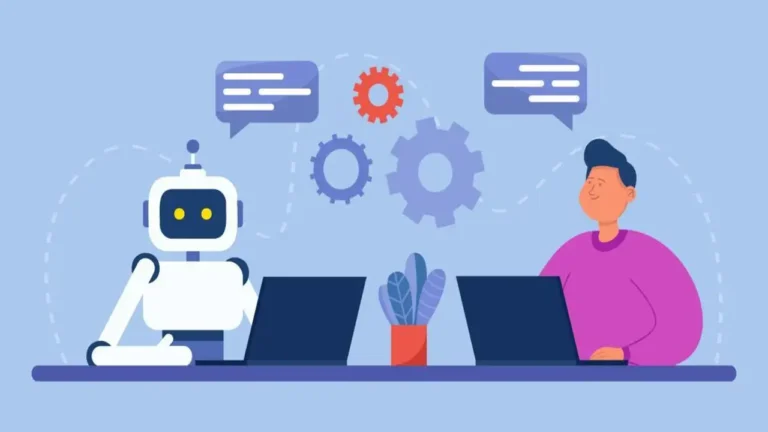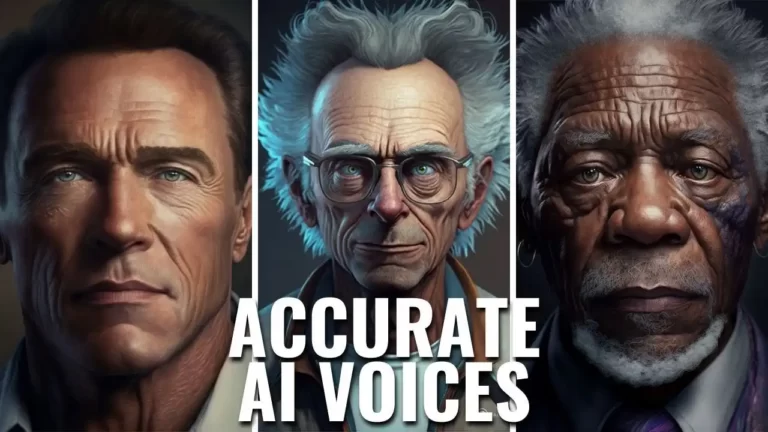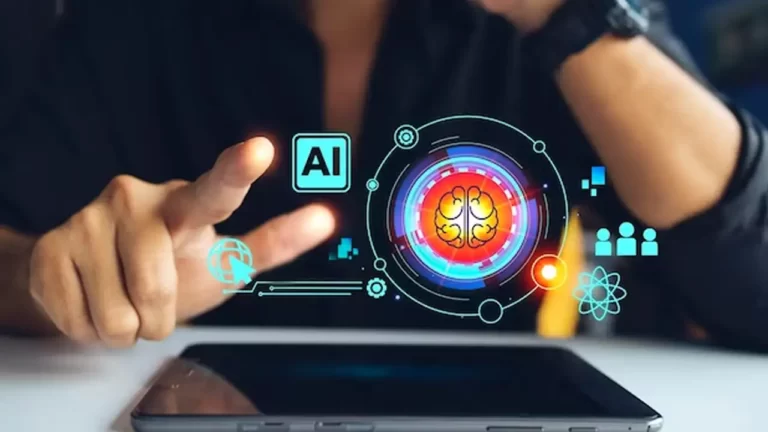Exploring the AI Photo Generator Trend: Revolutionizing Digital Imagery
What Are AI Photo Generator trend?
AI photo generator trend are a groundbreaking technology in the realm of digital imagery, representing a fusion of artificial intelligence and creative design. These tools utilize advanced algorithms to create or manipulate images, offering unprecedented levels of detail, realism, and artistic flair. At their core, AI photo generators transform text or conceptual inputs into visual representations, often with minimal human intervention.
The Technology Behind AI-Driven Image Creation
The backbone of AI-driven image creation lies in machine learning and neural networks. These technologies enable AI photo generator trend to analyze vast amounts of visual data, learning patterns, styles, and techniques. By doing so, they can generate images that range from hyper-realistic to stylistically unique, catering to a wide array of creative demands.
The Rise of AI in Photography
Historical Evolution of AI in Image Generation
The journey of AI in image generation has been evolutionary, with early iterations offering basic functionalities, evolving into today’s sophisticated AI photo generators. This progression mirrors advancements in computing power and algorithmic complexity, allowing for more nuanced and high-quality image creation.
Current Trends in AI Photography
The current trend in AI photography is characterized by the seamless integration of AI photo generator trend into various sectors, from art to marketing. These tools are becoming increasingly user-friendly, making the technology accessible to a broader audience, thus fueling the AI photo generator trend.
How AI is Changing the Face of Digital Art
AI in Professional Photography
Professional photographers are increasingly adopting AI photo generators, using them to enhance their work or create entirely new pieces. This technology opens up new avenues for creativity, allowing photographers to explore beyond the limitations of traditional photography.
AI and the Future of Creative Design
AI is set to play a pivotal role in the future of creative design. With AI photo generators, designers can rapidly prototype ideas, experiment with different styles, and achieve results that would be challenging or impossible to create manually.
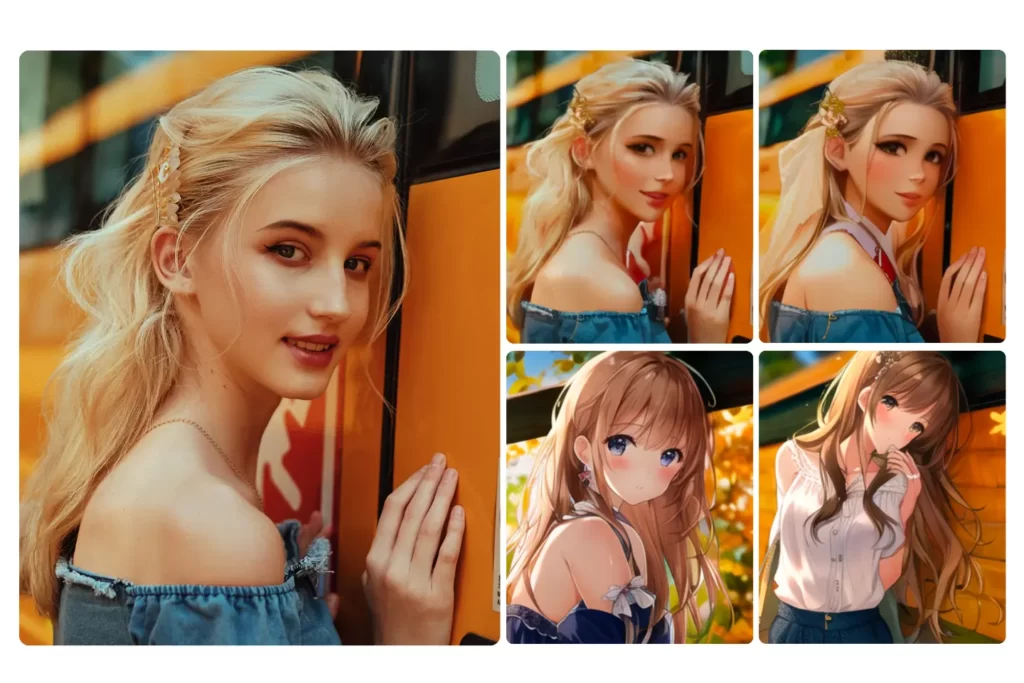
Practical Applications of AI Photo Generator trend
Enhancing Personal Photography with AI
AI photo generator trend are revolutionizing personal photography. Users can now easily enhance photos, create complex compositions, or even generate entirely new images that reflect their vision, all with the help of AI technology.
AI Tools for Commercial Use
In the commercial realm, AI photo generator trend are proving to be invaluable. Businesses use these tools for creating advertising materials, product mockups, and even for generating visual content for social media, aligning with the AI photo generator trend.
The Ethical Implications of AI in Photography
Navigating Copyright and Originality
The rise of AI photo generators raises questions about copyright and originality. As these tools can replicate styles and generate unique images, it’s crucial to navigate these issues carefully, respecting intellectual property while embracing innovation.
Addressing Privacy Concerns in AI Imagery
Privacy concerns are another critical aspect of AI in photography. Ensuring that AI-generated images do not infringe on individual privacy rights is essential, particularly when using data-driven AI photo generators.
User-Friendly AI Photo Generator Tools
Top AI Photo Generators for Beginners
For beginners interested in exploring the AI photo generator trend, there are several user-friendly tools available. These platforms often feature intuitive interfaces and guided processes, making it easy for anyone to create stunning AI-generated images.
Advanced Tools for Professional Use
Professionals have access to more advanced AI photo generators, offering greater control and customization. These tools can integrate with professional workflows, providing a powerful aid in creative endeavors.
The Impact of AI on Photography Careers
Opportunities and Challenges for Photographers
The advent of AI in photography presents both opportunities and challenges. Photographers can harness these tools to enhance their work, but they also face the challenge of staying relevant in an increasingly AI-dominated field.
The Role of Human Creativity in an AI-Dominated Field
Despite the rise of AI, human creativity remains irreplaceable. The unique perspectives, emotional depth, and creative intuition that humans bring to the table are elements that AI cannot fully replicate.
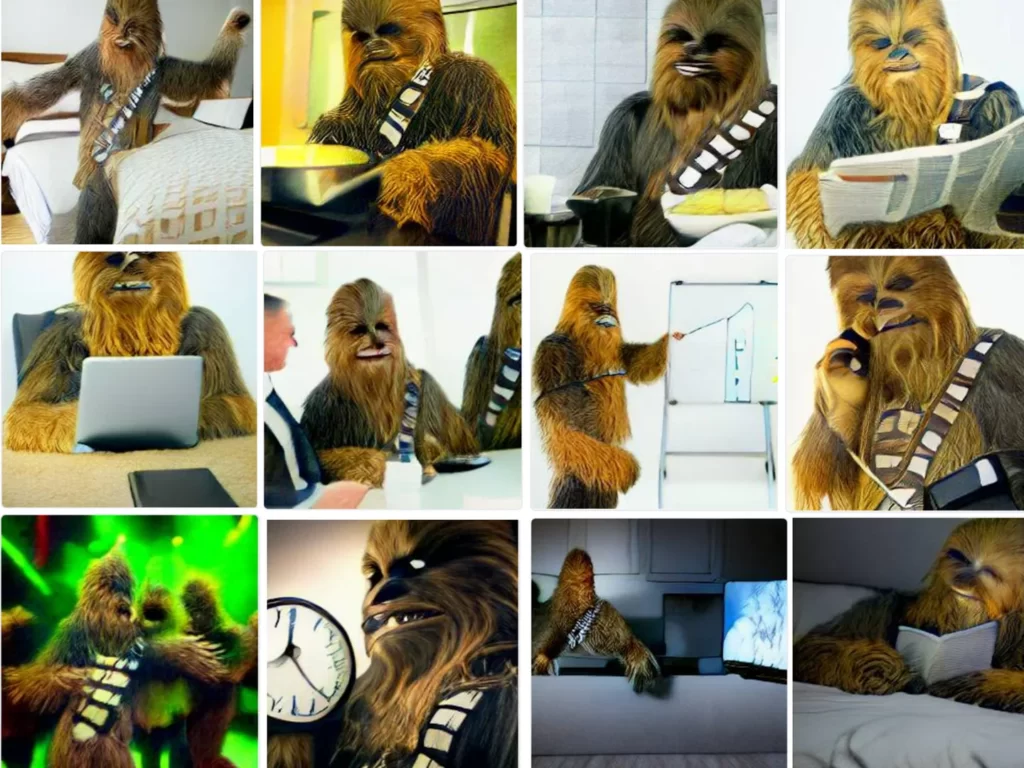
Mastering AI Photo Generation Techniques
Tips for Creating Stunning AI-Generated Images
To create stunning AI-generated images, it’s crucial to understand the capabilities and limitations of AI photo generator trend. Experimenting with different inputs, styles, and parameters can lead to impressive results.
Learning Resources and Communities
A wealth of resources and communities are available for those keen to delve deeper into AI photo generation. Online tutorials, forums, and courses can provide valuable insights and support.
The Future of AI in Photography and Art
Predicting Upcoming Trends in AI Photography
Predicting future trends in AI photography involves looking at advancements in technology and shifts in creative paradigms. As AI becomes more sophisticated, we can expect even more innovative and boundary-pushing applications.
Potential Developments in AI Image Technology
Future developments in AI image technology may include more intuitive interfaces, deeper integration with other creative tools, and advancements in realism and artistic expression.
Case Studies and Success Stories
Innovative Uses of AI in Photography
Numerous case studies demonstrate the innovative uses of AI in photography. From artistic projects to commercial applications, AI photo generators are proving their worth across various domains.
Interviews with Experts in AI Photography
Interviews with experts in the field can provide deeper insights into the AI photo generator trend. These discussions often reveal the potential, challenges, and future directions of AI in photography.
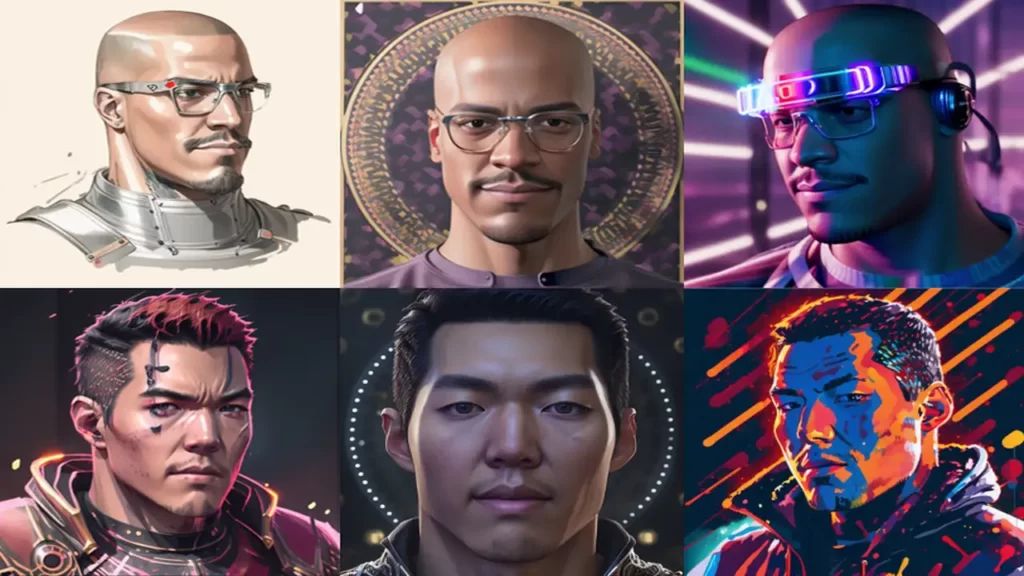
Advancing Creative Expression through AI
AI photo generators are not just tools for image creation; they are catalysts for creative expression. They empower artists and photographers to push the boundaries of their imagination, enabling the creation of visuals that were once deemed impossible. This fusion of technology and creativity is giving rise to a new era in the art world, where AI-generated imagery is becoming as revered as traditional forms of art.
Blending Tradition with Innovation
One of the most exciting aspects of AI photo generator trend is their ability to blend traditional artistic techniques with cutting-edge technology. Artists can now infuse classic styles with modern twists, creating a hybrid form of art that pays homage to the past while boldly stepping into the future. This blend is particularly evident in fields like fashion photography and architectural visualization, where the amalgamation of historical aesthetics with futuristic designs is creating stunning visual narratives.
Democratizing Art and Photography
AI photo generator trend are playing a crucial role in democratizing art and photography. By lowering the barriers to entry, these tools are making it possible for individuals without formal training or access to expensive equipment to create high-quality, compelling images. This democratization is fostering a more inclusive and diverse artistic community, where voices from different backgrounds and perspectives can be heard and appreciated.
Sustainable Practices in Digital Art
As the world becomes more conscious of environmental sustainability, AI photo generators offer a greener alternative to traditional art and photography practices. By reducing the need for physical materials and minimizing waste, digital art created through AI is emerging as an eco-friendly option. This shift not only benefits the environment but also encourages artists to adopt more sustainable practices in their work.
Navigating the Challenges
While the benefits of AI photo generator trend are numerous, they also present unique challenges. Issues such as ensuring the ethical use of AI, managing the impact on traditional photography jobs, and addressing the digital divide are critical. As the technology advances, it’s imperative to address these challenges proactively, ensuring that AI’s integration into photography and art is responsible and inclusive.
FAQ’s
More Content 👇
A Comprehensive Dive Into AI Photo Color Correction
Instagram AI Trend: Revolutionizing The Social Media Landscape




